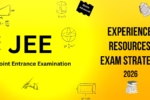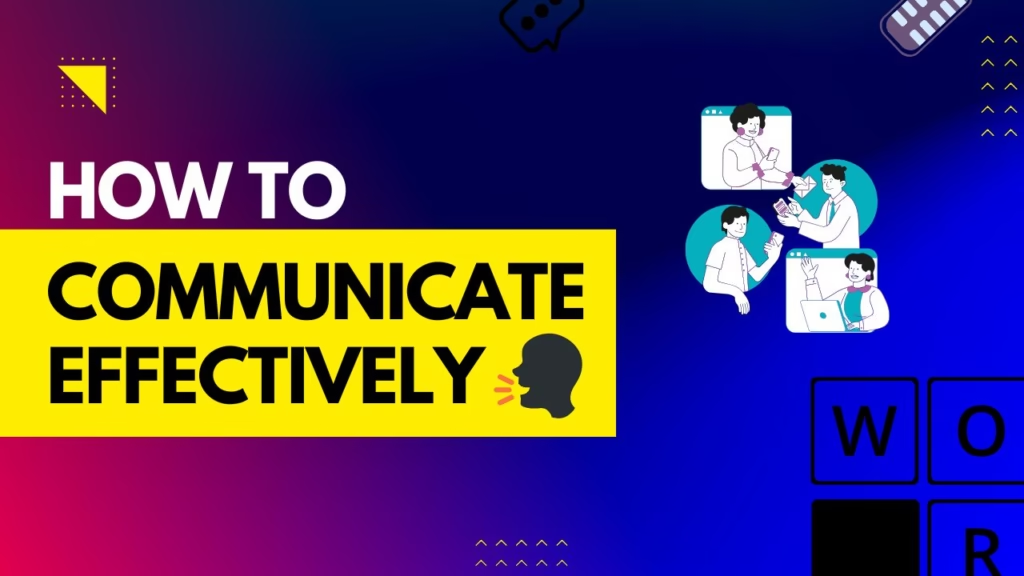
When I first heard the term “MERN Stack,” I thought it was some serious hacker-level stuff only pro developers could understand. But once I started learning it step by step, I realized it’s actually one of the most powerful — and beginner-friendly — stacks out there.
That satisfaction when you finally understand how everything connects and you build a working website? It’s lit.
In this guide, I’ll walk you through MERN, the mindset, the roadmap, and the best resources (at the end).
I’m not here to teach you the whole stack — I’m here to show you the path. Ready?
Oh, and there’s something important you need to do after MERN — we’ll talk about that in the final part. Don’t miss it.
What is MERN?
MERN stands for:
- MongoDB – Database
- Express.js – Server Framework
- React.js – Frontend Library
- Node.js – Backend Runtime
Together, these tools help you build full-stack web apps — both frontend and backend.
Start with React
Before you jump into React, you need HTML and CSS. Not deeply — just enough to structure and style a page. Don’t spend months here, speed through it so you can hit the real stuff.
While learning HTML and CSS basics, consider using frameworks like:
Bootstrap — classic, easy-to-use components and grid system
Tailwind CSS — utility-first, super popular for modern web design
Now, React is basically JavaScript with extras — like components, hooks (e.g., useState), and routing.
Going all the way deep into JavaScript at first can be time-consuming. Yeah, it’s not a bad idea, but here’s a smarter move:
Learn JavaScript up to a moderate level, then start doing projects. Trust me, you’ll automatically pick up the advanced parts when you’re building real stuff.
Once you’re comfortable with the basics of React, do this:
Go to Google and search for “frontend templates”. Pick one that looks cool. Try to replicate it
You’ll understand how React actually works when you rebuild a full design on your own.
R is Done — Let’s Hit the Real Stuff: Backend (E, N & M)
Node.js + Express.js
Here’s the truth: backend never “finishes” — there are endless use-cases, APIs, functions, security, auth… it keeps expanding. So don’t panic.
But to begin:
- Learn what a REST API is
- Understand how a server works (Node.js + Express)
- Create your first mini project — like a Weather API app
This helps you grasp:
GET,POSTrequests- Backend routing
- JWT-based authentication
- Middleware functions
It’s not as easy as reading 5-6 bullet points and moving on. You’ll only get it when you put in the effort.
Watch YouTube tutorials, yes — but don’t follow blindly. Ask why you’re doing what you’re doing. Build small. Struggle a bit. And you’ll slowly level up.
MongoDB
So where does your email go when you “Sign Up” on a site?
Yup — it goes into a database, and for MERN, that’s MongoDB. It’s not inside your VS Code; it’s hosted elsewhere, and you connect to it using Mongoose (a super helpful library).
You’ll learn about:
- CRUD operations (Create, Read, Update, Delete)
- Connecting DB with backend
- Storing and fetching data like a pro
It might feel like a lot at first, but with a project, everything starts making sense.
This isn’t any roadmap — I’m explaining how things should actually be done effectively.
That first time when you achieve integration between the frontend and backend — it feels like everything finally clicks.
Deploy
Now that you’ve got the frontend + backend + database working, it’s time to build a full-stack project and make it live.
If you’ve come this far, you must’ve already used GitHub. It’s nothing fancy — just the place where you’ll store and manage your code, and yep — deploy your website from here.
Push your code to GitHub. Deploy the frontend using Vercel or Netlify. Deploy the backend using Render or Railway
Motivation – Know about this man — Sundar Pichai — and start grinding yourself.
Resources
English: FreeCodeCamp
This freeCodeCamp.org MERN stack full course 6 hours one-shot video is great because it covers all the basics in one go — frontend, backend, database, deployment.
It’s an overview, so if you want to dive deeper into any topic, just search that topic separately on YouTube. Like “React hooks tutorial,” “Express routing,” or “MongoDB aggregation” or
Go to Google, type the topic you want followed by “docs” — like “React docs”, “Node.js docs” — and practice straight from the official documentation. This builds a strong foundation and helps you learn faster.
Hindi: CodeHelp by Love Babbar — Beginner-friendly with a full roadmap
But yeah, this is where the real stuff begins.
You need to be strong at backend to stand out. Starting with MERN is great, but now it’s your time to level up by moving on to Java with Spring Boot or Python. These stable backend technologies help you stay exclusive and open doors to bigger companies. So focus, grind hard, and keep pushing your skills beyond MERN — frontend changes fast, but solid backend expertise lasts and pays off big time.
Just stopping at MERN won’t be enough. You’ve got to dive deep and learn complete backend development to really level up your skills and opportunities to get into big MNCs



